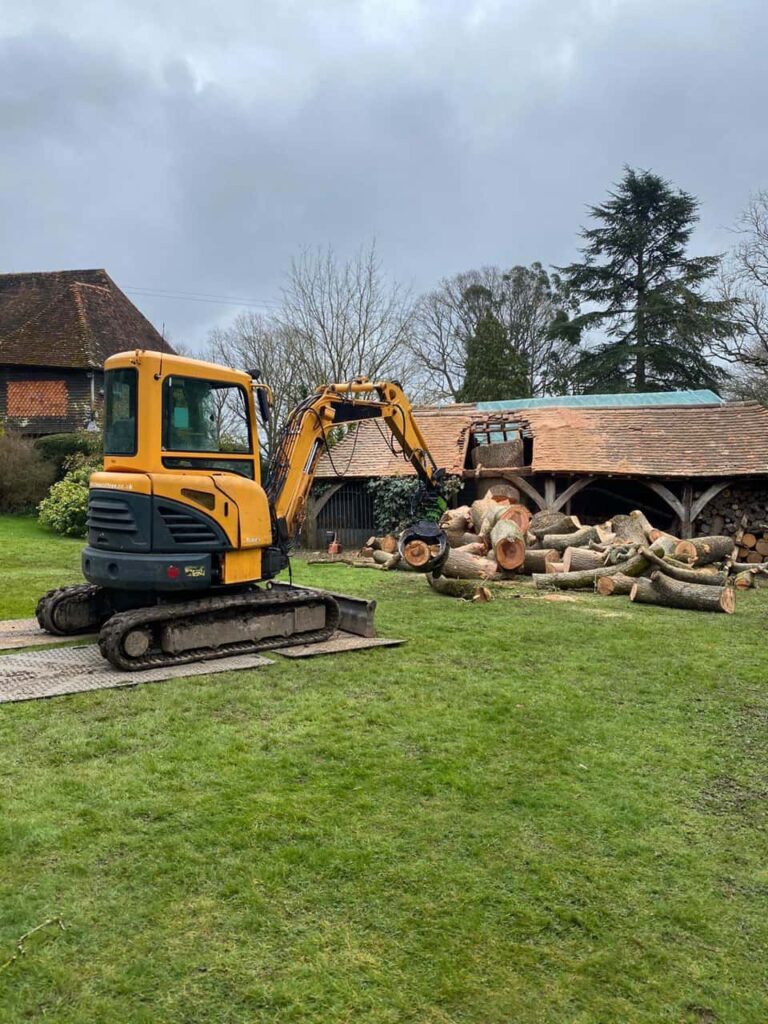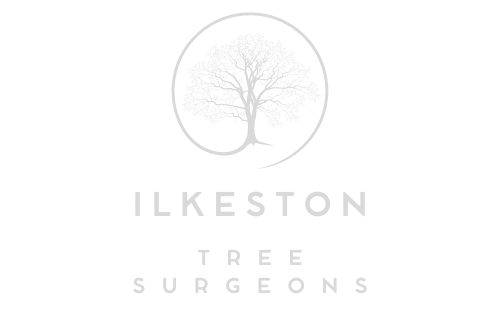Working with Trees in Historic Gardens: Challenges and Rewards
Introduction: Historic gardens are time capsules that preserve the beauty and grandeur of bygone eras. Trees within these gardens are not just natural elements; they are living witnesses to history, offering a unique set of challenges and rewards to arborists and garden caretakers. At Ilkeston Tree Surgeons, we have had the privilege of working in historic gardens, and in this blog post, we explore the intricacies of caring for trees in these cherished landscapes.
The Unique Charm of Historic Gardens:
Historic gardens are a tapestry of history, culture, and artistry. They often feature carefully designed layouts, century-old trees, and meticulously maintained landscapes that transport visitors back in time. Preserving the authenticity and aesthetics of these gardens is of paramount importance.
Challenges in Tree Care:
- Age and Size: Many trees in historic gardens are ancient and massive. Managing the care and maintenance of such venerable giants requires specialised expertise.
- Historical Significance: Some trees may have historical or cultural significance, adding complexity to tree care decisions. Preservation often takes precedence over standard pruning or removal.
- Architectural Integration: Trees may be integrated into the garden’s architectural design, meaning any alterations must be carefully planned to maintain the garden’s character.
Rewards of Preserving Historic Trees:
- Cultural Heritage: Historic trees are living artefacts that contribute to the cultural and historical significance of the garden. Their preservation ensures the continuity of this heritage.
- Aesthetic Appeal: Mature trees provide a sense of maturity, character, and natural beauty that enhances the garden’s charm, attracting visitors and nature enthusiasts.
- Environmental Benefits: Large, old trees offer substantial ecological benefits, including habitat for wildlife, air purification, and cooling effects.
Best Practices for Tree Care in Historic Gardens:
- Regular Inspection: Frequent tree inspections by certified arborists can identify potential issues and allow early intervention.
- Preservation Techniques: Implementing preservation techniques like crown reduction and hazard reduction pruning helps maintain the tree’s health while ensuring safety.
- Heritage Planning: Collaborate with heritage and conservation experts to develop a long-term tree care plan that aligns with the garden’s historical significance.
- Educational Outreach: Engage the community by offering educational programs and garden tours highlighting the importance of historic tree preservation.
Conclusion: Working with trees in historic gardens is a delicate art requiring a deep understanding of arboriculture and historic preservation. These ancient trees are not just botanical specimens but part of our shared history and cultural heritage. The challenges may be significant, but the rewards of preserving these majestic trees in their historic context are immeasurable, enriching the lives of all who can visit these timeless gardens.
Call us on: 0115 647 1166
Click here to find out more about Ilkeston Tree Surgeons
Click here to complete our contact form and see how we can help with your tree’s needs.

